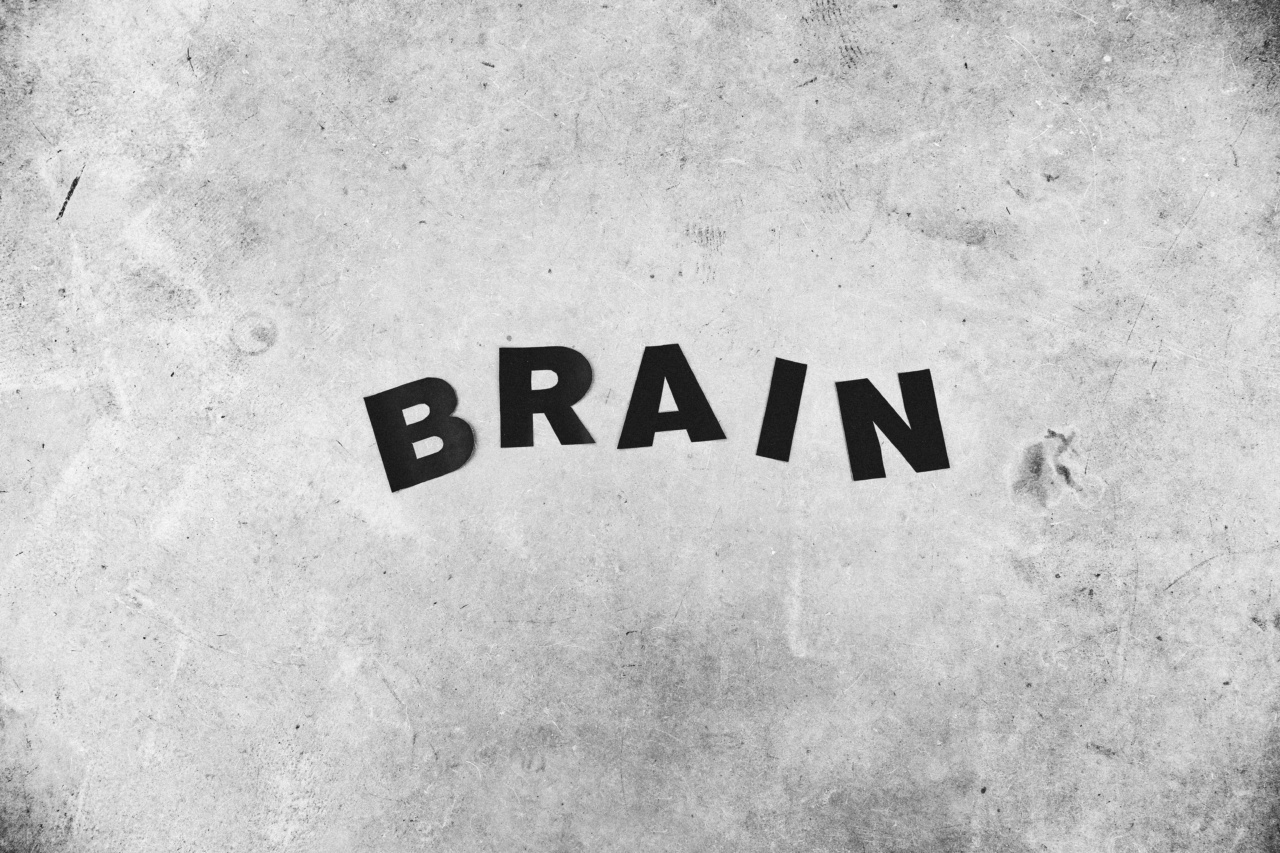Headaches and migraines are two common health concerns that individuals experience. Nevertheless, many people use the terms interchangeably without understanding that they refer to different conditions.
Understanding the differences between the two is essential in seeking appropriate medical attention and managing the events in a better way.
What is a Headache?
A headache is a pain that you feel in your head and sometimes neck and face. Headaches can cause mild to severe pain, and they affect people of all ages.
Headaches can range from occasional or frequent, mild or intense, and they can also last anywhere from a few hours to several days.
Types of Headaches
Headaches are classified into several types, and it is essential to make an accurate diagnosis to manage the symptoms. Some of the common types of headaches include:.
1. Tension Headaches
This is the most common type of headache. Tension headaches cause mild to moderate pain in your head, neck, and shoulders and can last up to several hours to a few days. They are caused by tension in the muscles or stress and anxiety.
2. Cluster Headaches
Cluster headaches are severe headaches that occur in groups or “clusters.” They cause severe pain around, behind, or above one eye, generally last between 15 minutes and three hours, and can recur several times within a day.
3. Sinus Headaches
Sinus headaches are caused by an infection or inflammation in the sinuses. They cause a deep, throbbing pain in the front of your head and face and may be accompanied by fever, nasal discharge, and congestion.
4. Rebound Headaches
Rebound headaches occur when an individual overuses pain medication. They are caused by the withdrawal of the medication, and the effects can be severe.
What is a Migraine?
A migraine is a severe headache often accompanied by other symptoms such as nausea, vomiting, and heightened sensitivity to noise and light. Migraines can last anywhere between a few hours and several days, and they can be significantly debilitating.
Types of Migraines
There are different types of migraines, and it is crucial to determine which type is prevalent to determine the best course of treatment. Some of the common types of migraines include:.
1. Migraine without Aura
Migraine without aura is the most common type of migraine. It typically causes a pulsing pain or pressure sensation on one side of the head. A person may feel nauseous and experience heightened sensitivity to noise and light during an attack.
2. Migraine with Aura
Migraine with aura is less common than migraine without aura. During an attack, a person will experience symptoms such as seeing flashing lines or spotted vision, numbness, or tingling in the face, hands, or feet.
3. Chronic Migraine
Chronic migraines are those that occur for over 15 days in a month. It can be disabling to the extent that it impairs a person’s daily functioning.
The Differences between Headaches and Migraines
Headaches and migraines are both types of pains that affect the head. Nevertheless, there are several differences between the two:.
1. Symptoms
The symptoms of migraines are often more severe and pronounced than those of a headache.
Migraines are generally characterized by a pounding, throbbing pain typically on one side of the head, accompanied by nausea, vomiting, and heightened sensitivity to noise and light. In contrast, headaches often cause a dull or pressure sensation in the head or neck.
2. Duration
Headaches generally last for a few hours or a couple of days, depending on the trigger and the level of pain. Migraines, on the other hand, can last anywhere from a few hours to several days, and the symptoms can be more intense and debilitating.
3. Causes
Several factors can trigger a headache or a migraine.
Nevertheless, research indicates that migraines may be more likely to be associated with genetic and neurological factors, while headaches generally have external triggers such as stress, tension, poor posture, and dehydration.
When to Seek Medical Attention?
If you experience severe or frequent headaches, or migraines, you should seek medical attention.
If you have never experienced a migraine before or have sudden severe headaches, it is crucial to consult your doctor for a proper diagnosis and treatment plan.
Conclusion
Headaches and migraines are both types of pains that affect the head. Despite the similarities, they are different conditions that require different approaches to treatment.
If you are experiencing any of these conditions, it is crucial to seek medical attention for an accurate diagnosis and suitable treatment.


























